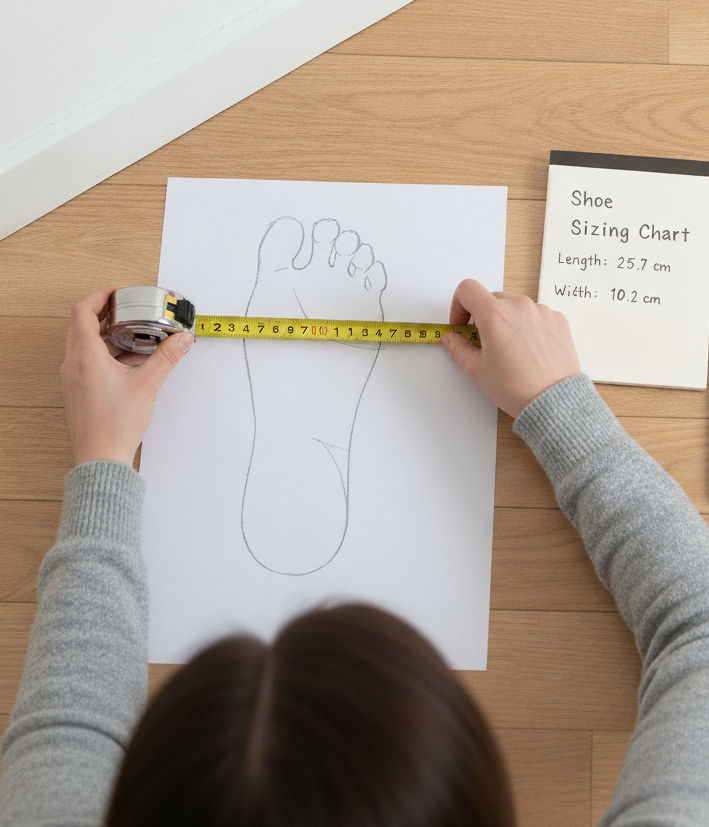The Essential Guide to Rollerblading Safety Equipment
- rollingdinocontact
- Nov 10
- 3 min read
Gear Up to Roll:
Rollerblading is an incredible workout and a fun way to commute or explore, but even the most skilled skaters take a tumble occasionally. The difference between a minor scuff and a trip to the emergency room is often the quality and presence of your safety gear.
Don't let fear hold you back—equipping yourself properly is the key to skating safely and building confidence!
1. The Non-Negotiable: The Helmet
The brain is the most important part of your body to protect. A helmet is not optional, regardless of your skill level.
Certification: Look for helmets certified by agencies like CPSC (Consumer Product Safety Commission) or similar international standards.
Fit is Everything: The helmet should sit level on your head, covering your forehead without tilting backward. The straps should form a "V" shape around your ears, and the chin strap should be snug enough that you can only fit one finger between the strap and your chin.
Type: A multi-sport helmet designed for skateboarding or biking is usually suitable for rollerblading, offering robust protection for multiple impacts.
2. Wrist Guards: Protecting Your Instincts
When you fall, your natural instinct is to put your hands out to break the impact. Wrist guards are arguably the most critical protective gear after the helmet, as wrist fractures are one of the most common rollerblading injuries.
Design: Quality wrist guards feature stiff plastic splints, usually one on the palm side and one on the back of the wrist.
Function: They are designed to prevent your wrist from hyperextending (bending backward) when you land on your palms.
Fit Tip: The guard must fit snugly. If it's loose, the splint won't stay in place to support the joint during a fall.
3. Knee and Elbow Pads: Cushioning the Impact
Your knees and elbows are high-impact zones, especially for new skaters, where the bulk of your momentum is transferred when you fall forward.
Knee Pads
Purpose: To absorb and disperse the energy of the impact, primarily protecting the kneecap.
Design: Look for thick, high-density foam padding covered by a hard plastic cap. The cap allows you to slide out a fall rather than stopping dead, which is safer.
Application: Ideal for all skaters, particularly beginners and aggressive skaters who use pads for sliding out of falls on ramps.
Elbow Pads
Purpose: To protect the delicate elbow joint from striking hard pavement.
Design: Similar construction to knee pads, with a hard plastic cap and dense internal foam.
Application: Crucial for beginners and any skater exploring urban areas where falls are more common.
4. Apparel and Accessories (Safety Extras)
Beyond the standard protective set, a few extra items can make your skating safer and more comfortable:
Padded Shorts (Tailbone Protection): Highly recommended for beginners, especially if practicing difficult stops or tricks. These protect the hips and tailbone from hard impacts.
High Socks: Always wear thick, high-cut socks (above the ankle). This prevents the rigid ankle cuff of the skate from rubbing and causing blisters or pressure sores.
Visibility Gear: If you skate at dusk or at night, wear brightly colored or reflective clothing. Consider clip-on LED lights for maximum visibility to traffic.
Spare Heel Brake: If your skates use a heel brake, check the pad regularly. A worn-out brake pad significantly compromises your stopping power. Replace it before it's completely gone!
The Bottom Line
Buying protective gear is not a sign of weakness; it's a sign of a smart, responsible skater. Gear should be the first thing you purchase, even before your skates.
Never start rolling until you are wearing your helmet, wrist guards, knee pads, and elbow pads. Once you’re geared up, you can focus on the fun, the fitness, and the freedom of the roll!



Comments